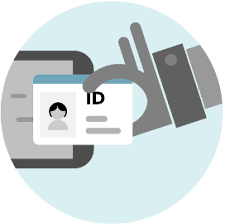Fortunately, there are a number of steps you can take to safeguard yourself from identity theft. These steps include minimising your risk of losing your identity, securing your identity, and keeping your information safe. The Fair Credit Reporting Act grants you the right to freeze your credit report for free, and fraud alerts make businesses verify your identity before extending credit. Protecting your identity also involves managing your personal information, so keep all important paperwork in a secure location.

Phishing is a very common form of identity fraud. It involves email scams that impersonate a trustworthy brand or person, asking you to divulge your personal information. These emails often contain links to clone websites that will steal your information. The first step in preventing identity fraud is to make sure you only open email attachments from trusted sources. If you are unsure of an email, it’s best to contact the company directly to verify its legitimacy. Find out how banks and loan companies protect themselves from fraud by using KNOW YOUR CUSTOMER procedures by visiting a site like https://www.w2globaldata.com/regulatory-compliance-solutions-and-software/know-your-customer/

Another important step to prevent identity fraud is to use strong passwords for all your accounts. Never reuse your passwords on various websites, and make sure to use long and complex passwords that contain special characters, capital letters and numbers for each of them. Using password manager programmes will help you remember your unique passwords for different websites and applications.
